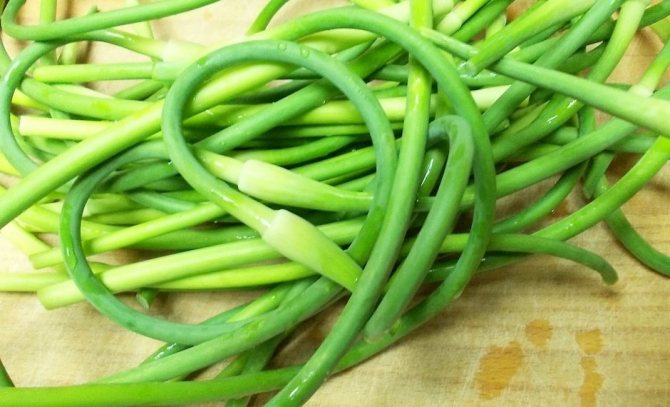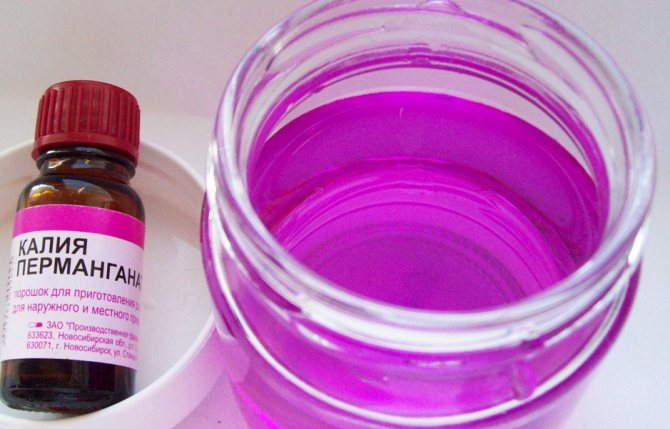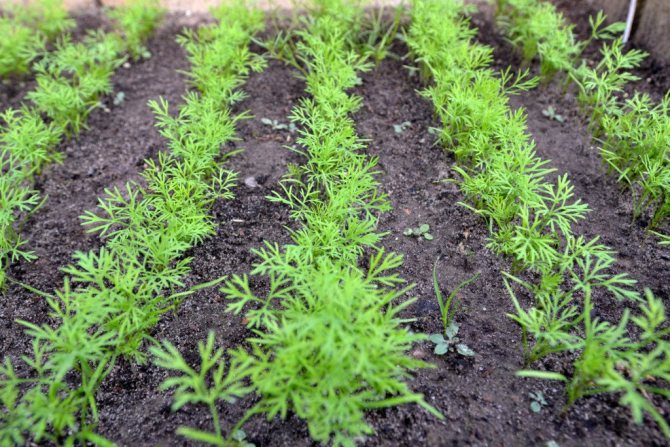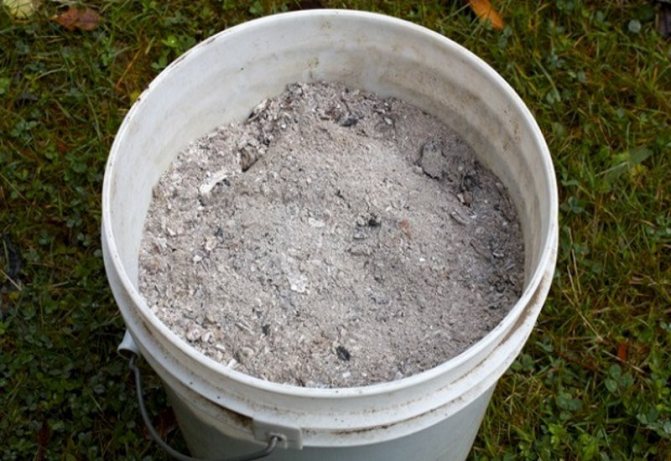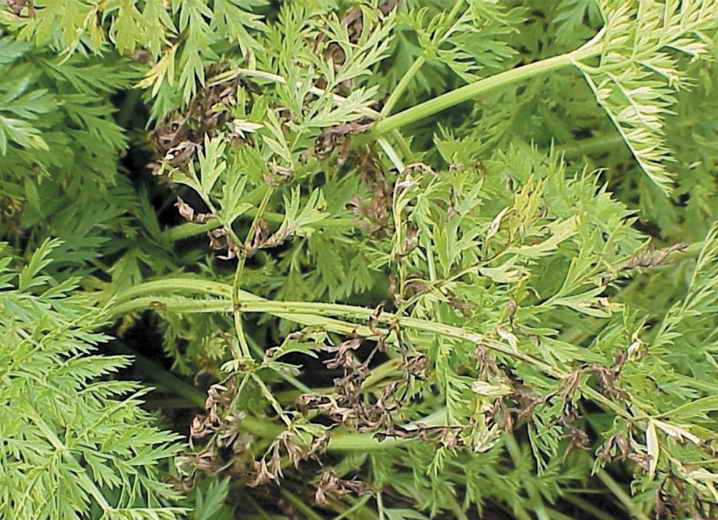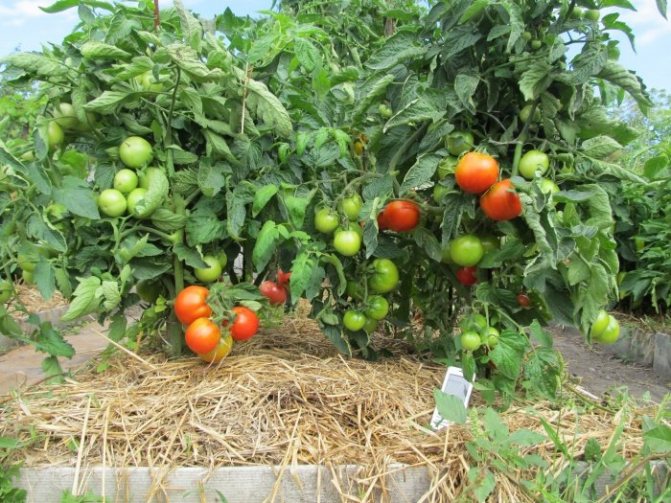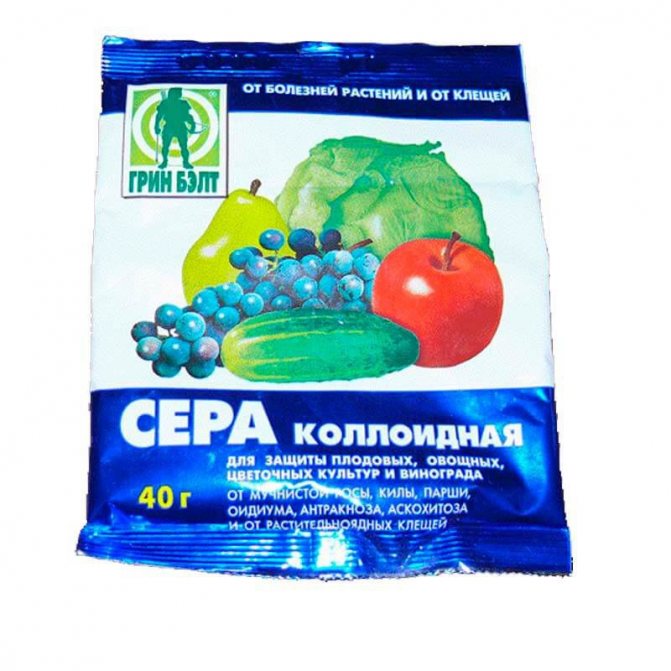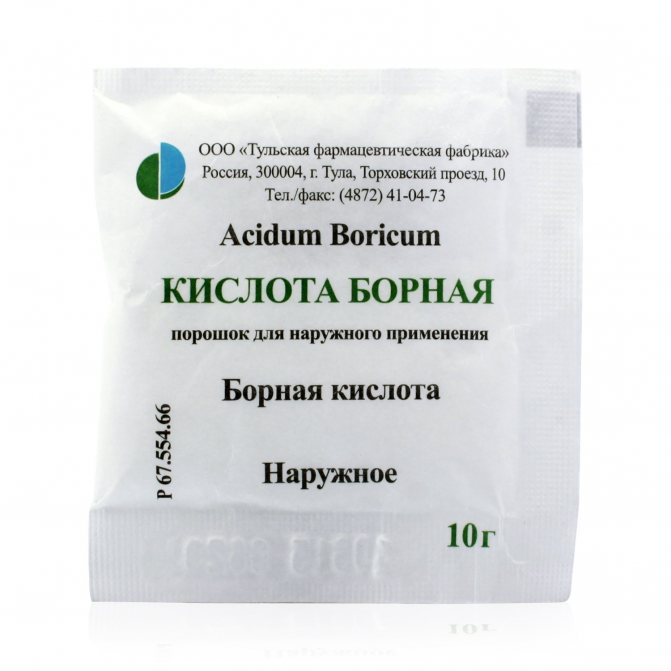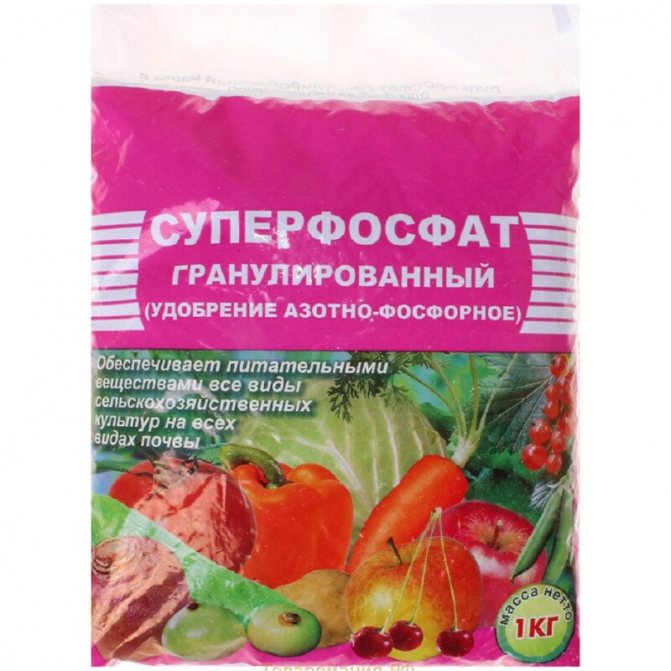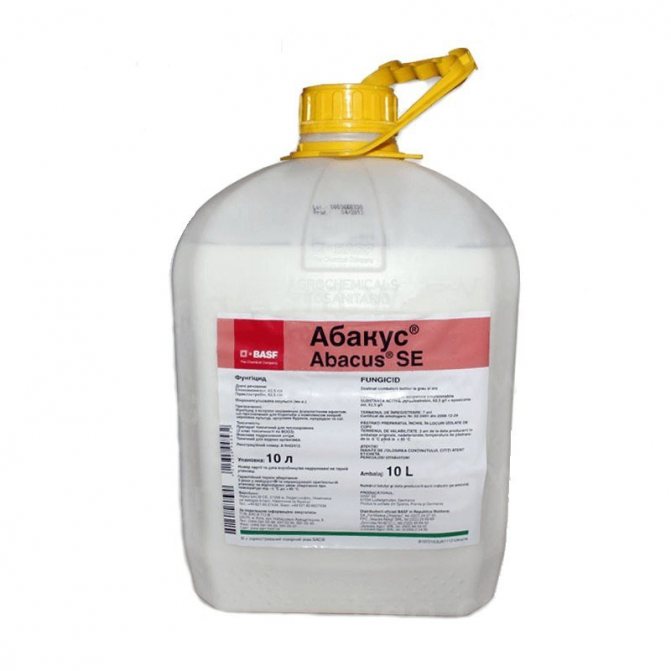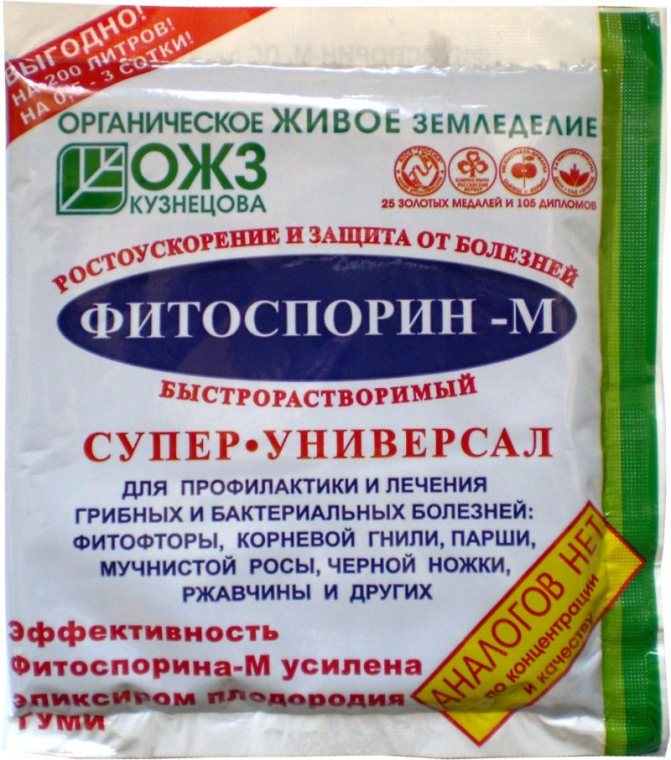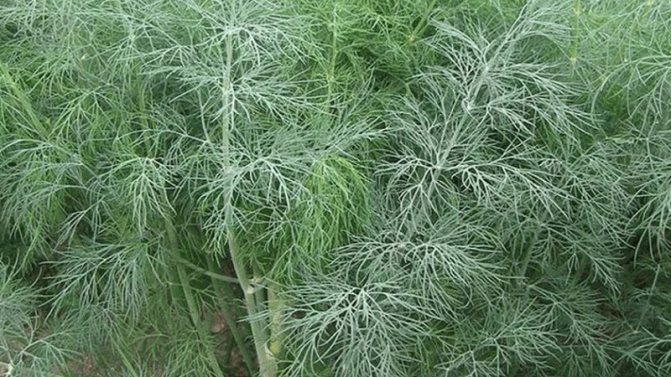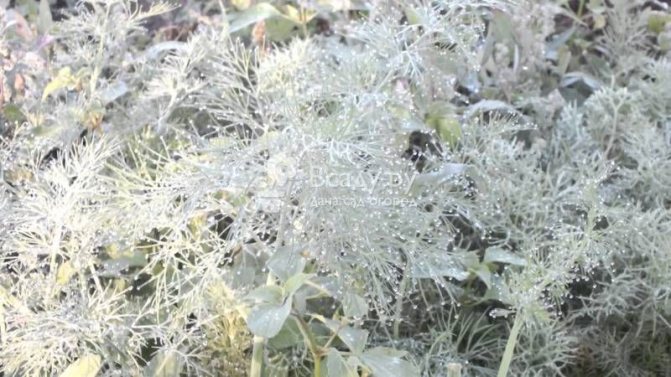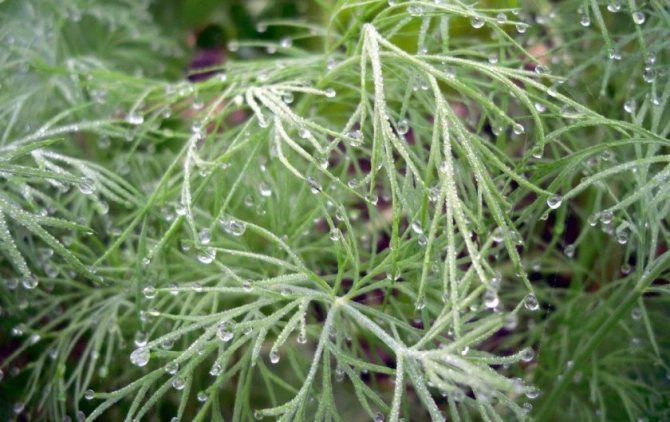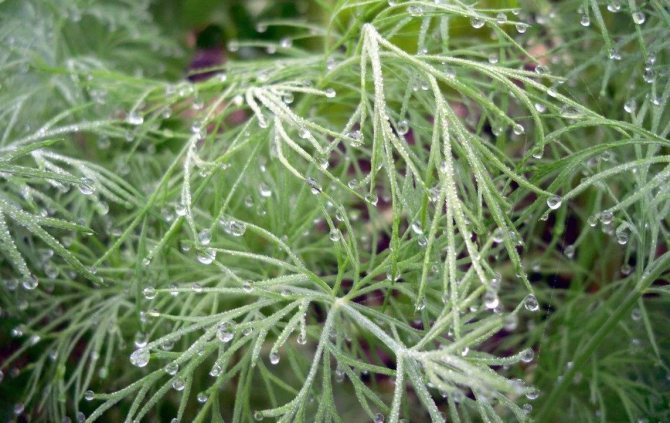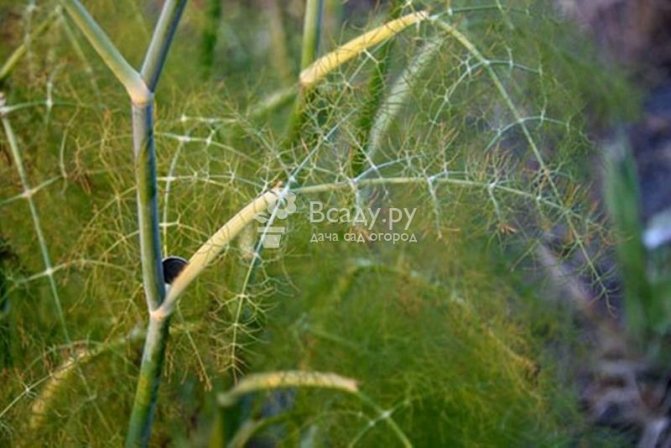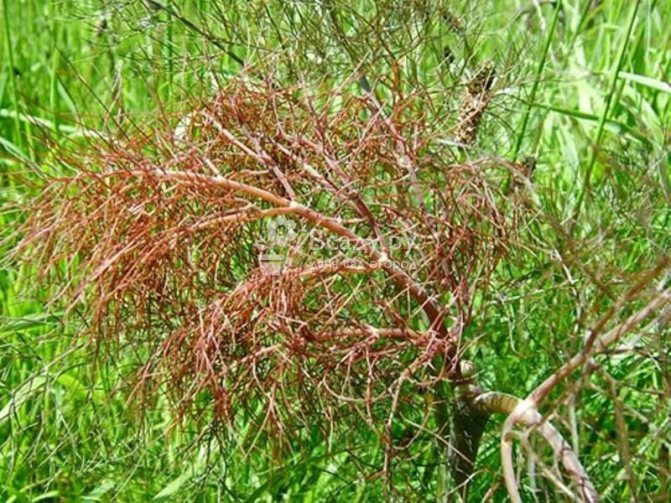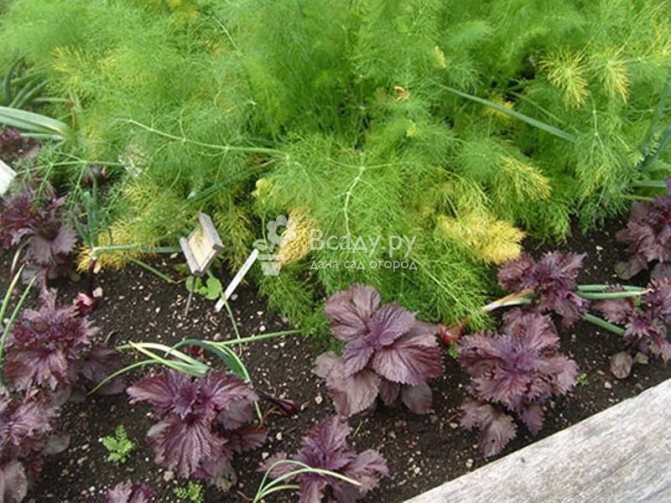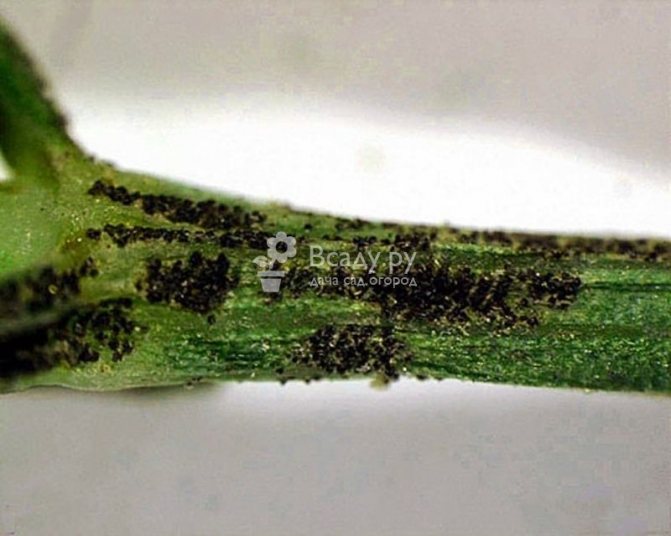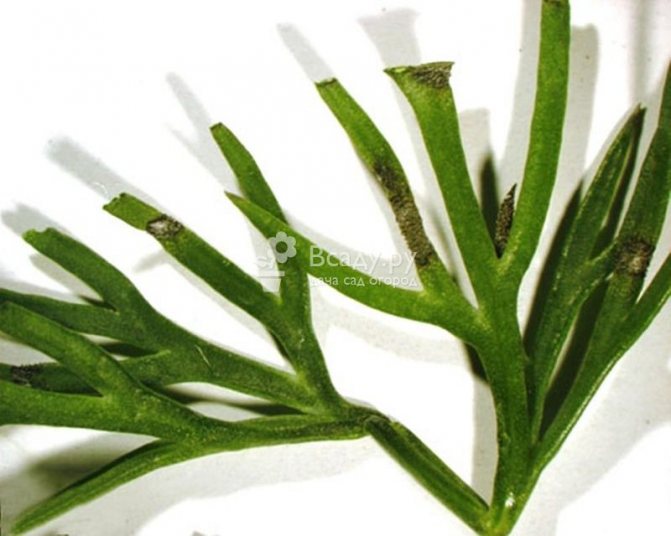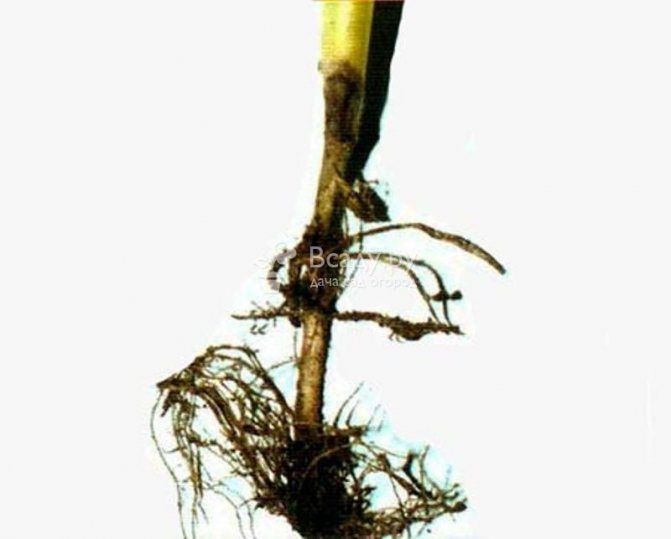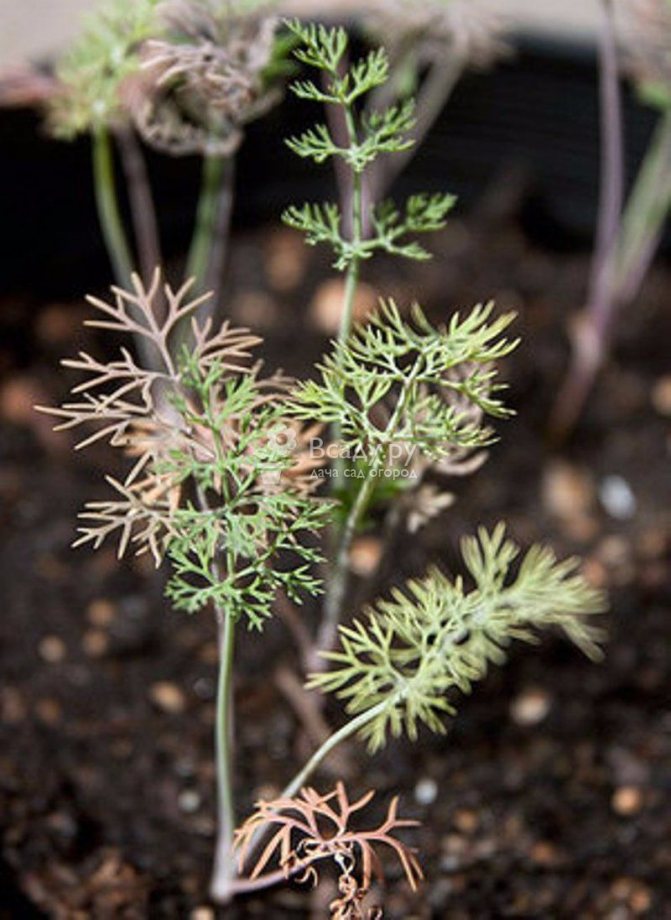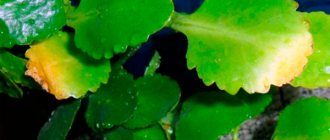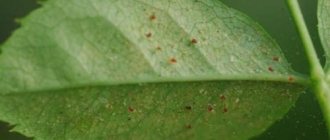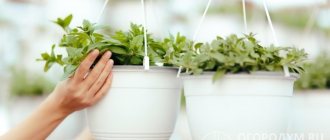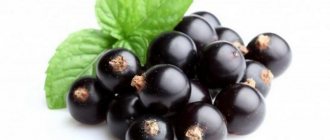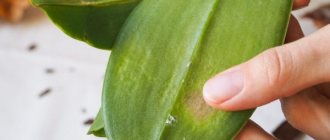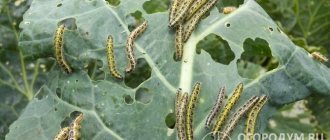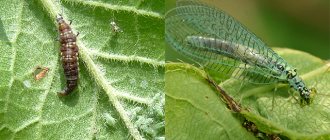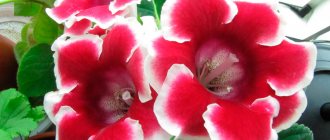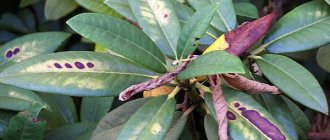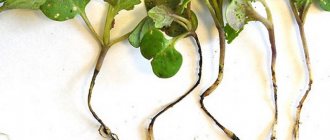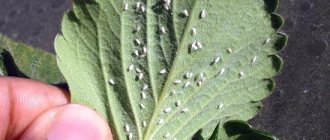Why does dill turn yellow, turn red, turn gray?
Seeing strange changes in shoots in his garden, the owner of the site begins to wonder why the dill turns red, and what to do now? Another, no less dangerous, situation is when the dill turns yellow or turns gray; Let's try to figure out what is better to do when faced with such problems.
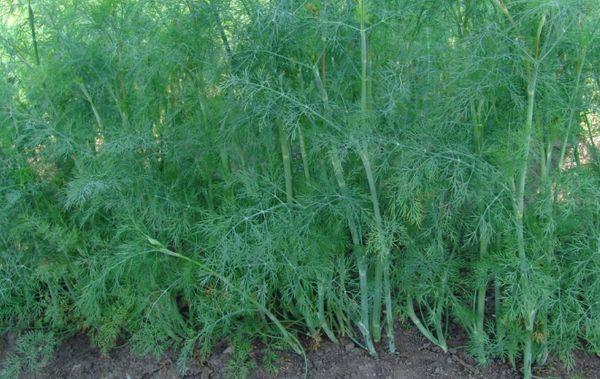
Yellow color indicates a shortage or excess of water. To answer the question why dill turns red, it is necessary to check the acidity of the soil where it is planted. Gray is almost always a fungal infection. Fungus is the most common and difficult problem to plant.
Blackleg
The disease is widespread in protected ground almost everywhere and can cause the death of up to 30% of seedlings, and with a strong infection of seeds and favorable conditions - over 50%.
The disease is caused by a complex of soil fungi, the disease is transmitted by seeds.
The root collar of seedlings and young plants is affected by the black leg. It darkens, softens, thins and rots. The disease manifests itself on seedlings, starting from the seedling phase and up to the development of several true leaves. The roots of diseased plants develop poorly or die off completely. Affected plants lie down and dry up. Poor plant care, excessive watering, sudden changes in temperature and humidity, insufficient ventilation, permanent use of soil in greenhouses or greenhouses for vegetable crops without timely disinfection, soil swelling and crust formation, untimely loosening, unilateral fertilizing with nitrogen fertilizers, increased acidity contribute to the development of the disease soil, low light, strong shading when sowing.
Dill diseases
Dill diseases are mainly fungal in nature and are caused by the spread of harmful microflora on plants. Separately, it is worth highlighting the consequences of poor-quality soil cultivation.
Important! Insufficient aeration of the soil, lack of fresh air in closed ground, overflow or excessive mineralization give impetus to the development of diseases.
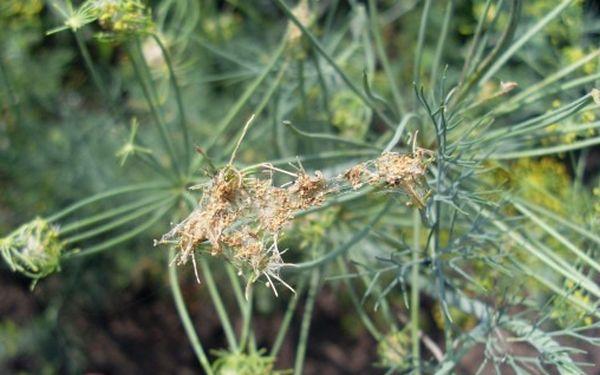

Peronosporosis
Peronosporosis is detected by the appearance of chlorate specks on the leaves. The spots first turn yellow, then turn brown and turn into a grayish bloom on the underside of the leaf.
The fight against downy mildew begins with the preparation of the seeds. Before planting, they are warmed up to 50 ° C, and then washed with cool water. As a preventive measure, it is recommended to remove last year's plants, and it is better to burn them and feed the soil with ash. At the first symptoms on the leaves, they can be sprayed with Bordeaux liquid. This effective remedy has a very simple recipe:
- 100 grams of lime.
- 10 grams of copper sulfate.
- 10 liters of water.
Powdery mildew
Powdery mildew is a white coating on the leaves and stem of dill caused by the spread of a specific fungus. Such a lesion is characteristic of the ground closed under the film and poorly ventilated rooms.
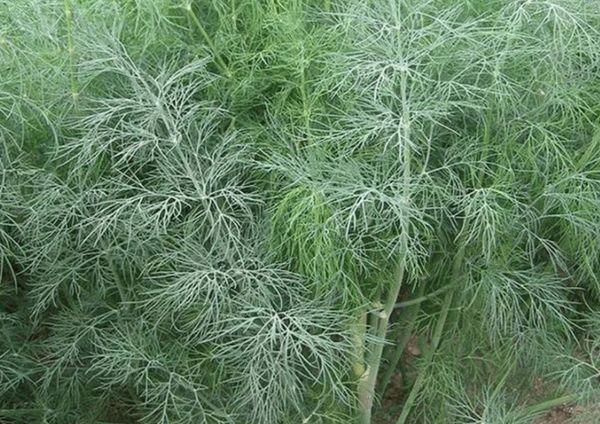

After the plant turns white, it loses its taste and aroma and is no longer suitable for food. To combat, in addition to standard preventive measures, spraying with potassium permanganate or antibiotic drugs is also used.
See also
TOP 10 rules for growing a dill tree, description and types, application
To read
Fomoz
Phoma is a disease caused by the fungus Phoma Anetti Sacc. All parts of the plant are affected, the traces look like long dark spots with black blotches. Also, the disease destroys the germination of seeds. The fungus spreads by air from other umbellate plants nearby, or unharvested residues from last year's harvest.
Verticillary wilting
Verticillium wilting is also caused by the fungus Verticillium dahlia. It is most commonly spread through soil and insect vectors. The mycelium, during germination, blocks the vessels of the plant, and the dill turns yellow in the sun, and then completely dies.
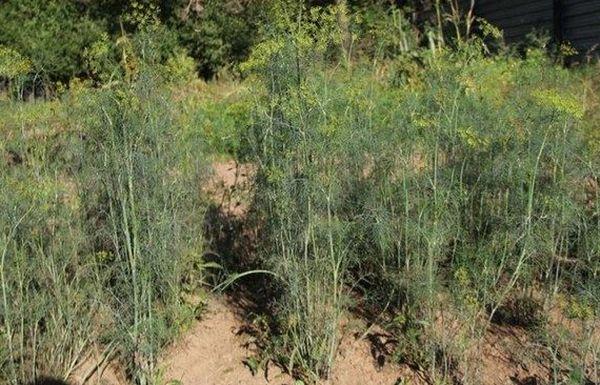

Cercospora
Cercosporosis is a lesion of a plant preceding the phomosis, characterized by white spots that gradually brighten. The disease is transmitted through poorly processed seeds, last year's shoots and parasitic insects.
Blackleg
Blackleg is a very common condition. It is characterized by high damage to plants planted in one area. Transmitted through seeds, but provoked by improper care:
- insufficient loosening of the soil;
- excessive watering;
- too tight fit;
- excess nitrogenous fertilizers.
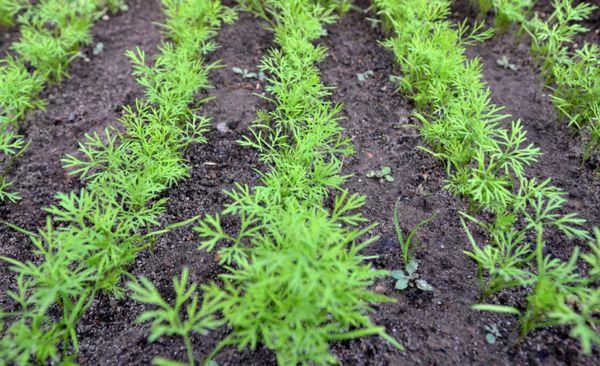

In the course of the disease, the root leg of young plants softens and dies. And then the whole plant dies.
Fusarium wilting
Fusarium wilting is introduced by another fungus. The plant, gradually, from the lower petals to the upper ones, changes color from green to brown and dies completely. Risk factors are excessive moisture and overheating.
Features of the fight against powdery mildew in the greenhouse and in the garden
Powdery mildew develops most rapidly in greenhouses., where the humidity is about 80%, and the temperature is + 20-25 ° С. To avoid getting infected with the fungus, follow the rules:
- ventilate the greenhouse;
- use warm water for irrigation;
- disinfect the greenhouse before planting with bleach or sulfur dioxide;
- in the fall, remove all plant residues and carry out a deep digging of the soil.
If the first signs appear in the greenhouse powdery mildew, stop watering, cut and destroy infected leaves, and spray the greens with a solution of baking soda, potassium permanganate, or fungicides.
To avoid spreading powdery mildew in the beds, remove weeds and plant waste after harvest, do not bury diseased plants in the soil.
If you observed damage to plants in the previous summer white bloom, then before sowing disinfect the soil with a solution of potassium permanganate, soda or special preparations - "Fitosporin", "Topaz".
Pests
Pests are the second risk factor for dill planting. A variety of insects are ready to pounce on plants. You need to start fighting pests in the spring - at a time when insects are just beginning to crawl out of winter shelters, and have not yet had time to lay eggs. The earlier you start processing the site, the fewer problems there will be in the season.
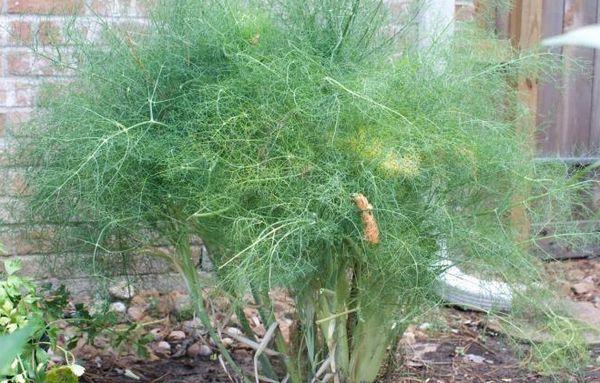

Umbrella Blind
A very common type of harmful insects that winters in last year's grass. And in the spring, these little bugs crawl to the surface and begin to suck the juice from the young shoots of umbrella plants. After the dill is attacked by the blind, it begins to branch, and the seeds are either not formed at all, or in small quantities.
Striped bugs or Italian bugs
This pest attacks all plants, including dill. After damage, the plant usually dies, which is why it is so dangerous. It hibernates under foliage, and appears outside at an average daily temperature of more than +10 ºС. For a year, 1-2 generations of insects have time to grow.
Aphid (lat.Aphidoidea)
The well-known green bugs that appear quite often on dill. They not only eat leaves, but also carry diseases, so it is necessary to get rid of aphids as quickly as possible. The speed of eating leaves is simply enormous.
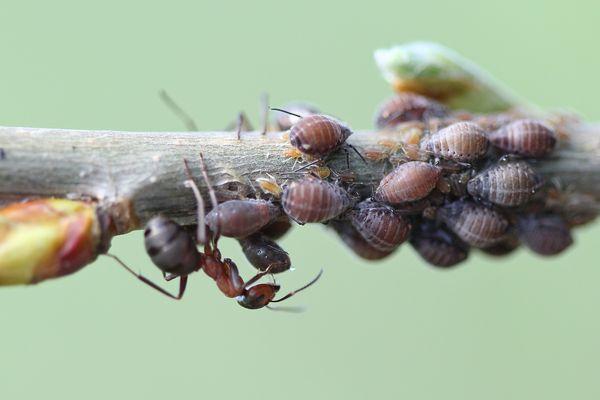

Carrot beetle (lat.Psyllidae)
A small green fly that hibernates on coniferous trees, and in the spring begins to suck out sap and lay eggs in young shoots. Upon contact with the plant, it releases a toxin that causes a change in shape (curliness).
See also
How to properly plant dill before winter in the Moscow region, varieties for open ground and greenhouses
To read
Dill moth
The butterflies appear in early May and lay their eggs in the testes of carrots, celery, parsley and dill. The larva eats the plant, forming a light web and destroying the seeds.
Carrot fly
Fly larvae damage the roots of plants, which leads to defects in development or death. The main reason for the appearance of these pests is the constant absence of a change in crops grown in one place.
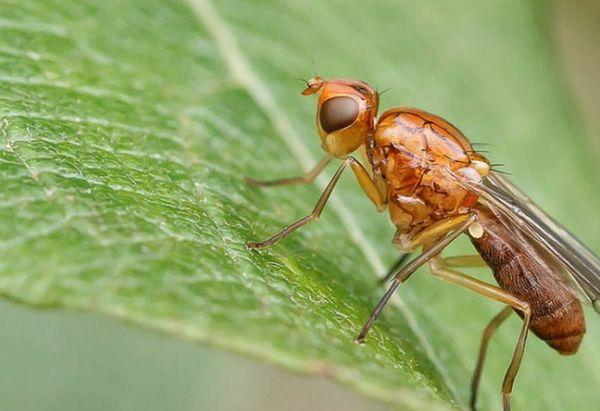

Caterpillar
The most various types of caterpillars eat up the leaves of plants and not only do not allow them to develop fully, but also carry fungal diseases. And while butterflies are beautiful, caterpillars are a real punishment for the gardener.
What to do to heal
To save the harvest, it is important to notice powdery mildew in time and eliminate it. For the treatment of dill, it is recommended to use biofungicides, as they are safe for humans and the environment. But their disadvantage is less efficiency.
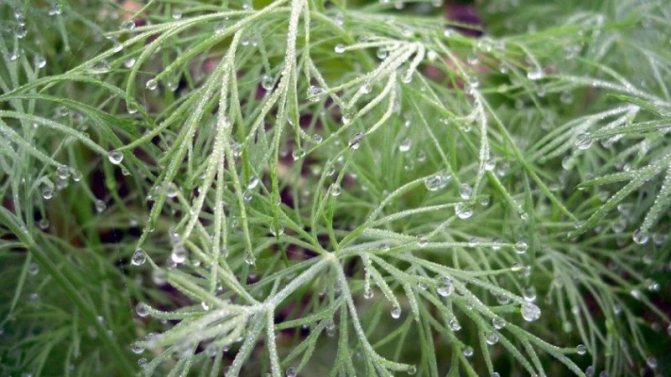

If the plant is severely affected by the disease, you will have to use chemicals or destroy infected bushes (burn, bury deep underground).
Attention! Powdery mildew develops resistance to the components of regularly used fungicides, so the preparations are periodically changed.
Purchased processing aids
Specialty shops for gardeners offer a variety of powdery mildew control products.
Fitosporin
Microbiological fungicidal preparation representing hay bacillus spores, which, when interacting with water, begin to divide and penetrate the cells of fungal organisms and bacteria. It not only acts as a natural antibiotic, but also produces acids and vitamins.
Fitosporin safe for humans, since the main active ingredient in it is a natural bacterial culture. It comes in the form of a powder and paste that is diluted with water and a ready-to-use liquid after opening.
Means recommended as a preventive measure or in the early stages of fungal diseases. In advanced cases, "Fitosporin-reanimator" is used in a can.
It can be useful:
Dill grows poorly - how to feed for a good harvest
How to get rid of caterpillars on dill
The best way to treat aphid dill
"Pseudobacterin"
Biofungicide, which has an effect immediately after the treatment of plants... Environmentally friendly, the processed crop can be eaten immediately by rinsing thoroughly with water. The drug is available in liquid form.
"Bayleton"
A fungicide of the triazole group, which has a healing and protective effect, the action begins two hours after treatment... The drug is moderately dangerous to humans. To prepare the solution, take 1 g of Bayleton powder per 1 liter of water. First, it is soaked with a small amount of water, then the rest of the liquid is added.
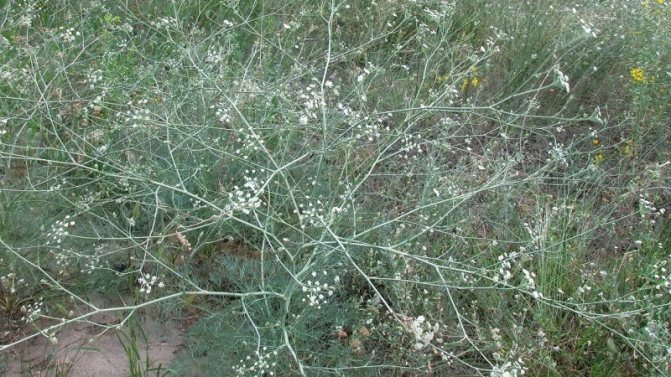

"Tiovit Jet"
Fungicide that is granules, 80% sulfur... They dissolve well in water. The solution is used at a temperature of + 20-28 ° C. In the process of spraying on the plants, it is continuously stirred. The drug is moderately dangerous to humans.
"Topaz"
Specialized preparation against powdery mildew... The protective effect begins to appear within half an hour after treatment and lasts for about four weeks. The drug has the third degree of danger to humans.
Folk remedies
Folk remedies effective in the fight against powdery mildew at the initial stage of the disease:
- A solution of soda ash or baking soda - 25 g of the drug is mixed with 5 liters of hot water and 25 g of laundry soap, the plants are cooled and sprayed. Processing is carried out twice with an interval of seven days.
- A solution of wood ash - 1 kg of ash is diluted in 10 liters of water and infused for 2-7 days, then filtered and 20 g of crushed laundry soap is added. Treatment of the affected areas is carried out 2 times with an interval of a week.
- Milk whey solution. Serum is diluted 1: 1 with water. Spraying is carried out at least three times (every three days).
- A solution of potassium permanganate - 5 g per bucket of water.
- Mustard - two tablespoons of powder are bred in a bucket of warm water. The solution is used for watering or spraying.
- Iodine - one drop of iodine in 3 liters of water. The solution is used for irrigation.
How and when to process
Biofungicides are easily washed off by rain, so they are used several times per season., approximately every two weeks. Their use is possible during any period of plant growth. Spraying is best done in cloudy weather or in the evening, as bacteria quickly die in the light.
Chemical preparations are recommended to be used no more than twice a season.... After processing, dill should not be eaten for 21 days. Spraying is carried out early in the morning or in the evening in calm, clear weather.
Treatment of affected areas before rain is ineffective, since some of the preparations are washed off with water.
Prevention and treatment of diseases
The most effective treatment is prevention. The struggle for the harvest will be greatly simplified if you follow a number of rules for the gardener:
- plant dill every year in a new place;
- dig deeply in the beds in the fall;
- destroy last year's tops and leaves, best of all by burning;
- to destroy wild-growing umbellate plants, such as hogweed, in the vicinity of the site;
- control the degree of moisture in the beds, avoiding overflow;
- do not land too often;
- disinfect the seeds before planting with a solution of potassium permanganate.
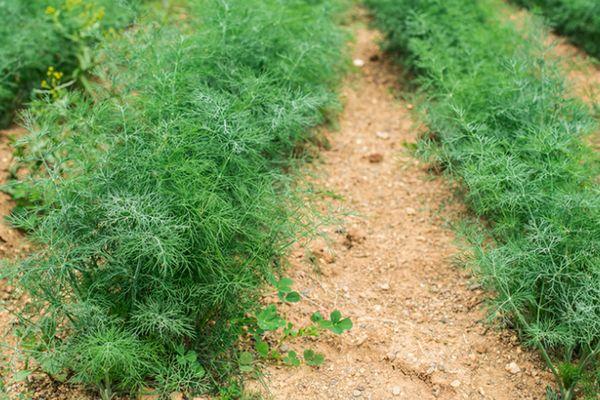

If, nevertheless, the plantings were affected, you can spray the plants with one of the suitable formulations, but it is best to give preference to organic solutions:
- infusion of citrus peels (100 grams of peels per liter of water, infused for three days);
- infusion of onions and garlic (200 grams per liter of water);
- Laundry soap dissolved in water (200 grams per 10 liters);
- infusion of tobacco (50 grams per liter);
- diluted ash (50 grams per liter).
In the case when nothing helps, you can resort to special fungicides, copper chloroxide, Bordeaux liquid.
How to protect plants
You can't do without prevention! But there are some completely inappropriate advice. For strawberries, there is a rule - remove diseased plants from the plot along with a lump of earth, spill the soil in the hole with solutions of fungicides. Dill is grown differently. You cannot dig every plant, you cannot carry it to a fire. Summer residents can only introduce dill into their dacha crop rotation. Not only plant tomatoes and cabbage in new beds and meet the deadlines for the return of these vegetables to their original place, but also introduce the same rules for dill: in three to four years!
Dill in all types is needed
And just as carefully choose places for sowing, so that there are no obvious lowlands where water accumulates, so that new beds are relatively free of pathogenic fungi, with light soil (water leaves more easily through it, breathable). Water under the root, and not from above - with rain, fertilize. But even more important is the selection of resistant varieties.
Top dressing from yellowing and drying of dill
Top dressing will help if the soil on your site is depleted or initially did not differ in fertility. Used as top dressing:
Organic fertilizers:
- river silt;
- peat;
- manure.
Such fertilizers, before being applied to the soil, must lie down for about a year, otherwise there will only be harm from the application.
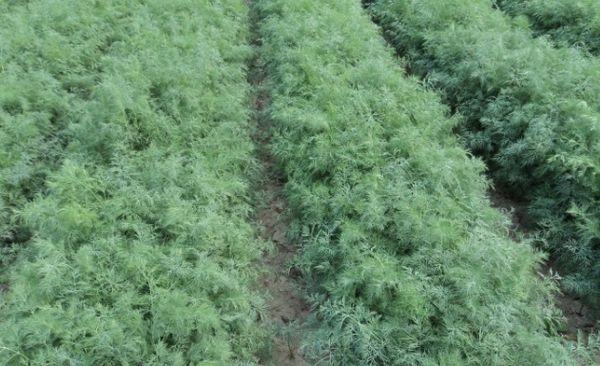

Inorganic fertilizers:
- saltpeter;
- urea;
- ammonia water;
- anhydrous ammonia.
For each fertilizer, the application rate must be followed exactly. You can set the required amount either by trial or by giving a soil sample to an agrotechnical laboratory to select the optimal proportion.
Verticillary wilting
The fungus, the causative agent of this disease, affects the vessels of the plant. As a result of the development of infection, withering dill bushes completely lose their ability to receive nutrition and moisture, and the vascular system becomes clogged. The first signs of the disease can be seen in mid-June, and the full picture develops already in the second half of summer, when the dill blooms and forms seeds. At first, infected dill turns yellow only in hot weather, then the foliage completely withers, curls and turns brown.
Sources of a disease dangerous for dill are soil infected with the fungus Verticillium dahliae, poorly rotted manure or.

